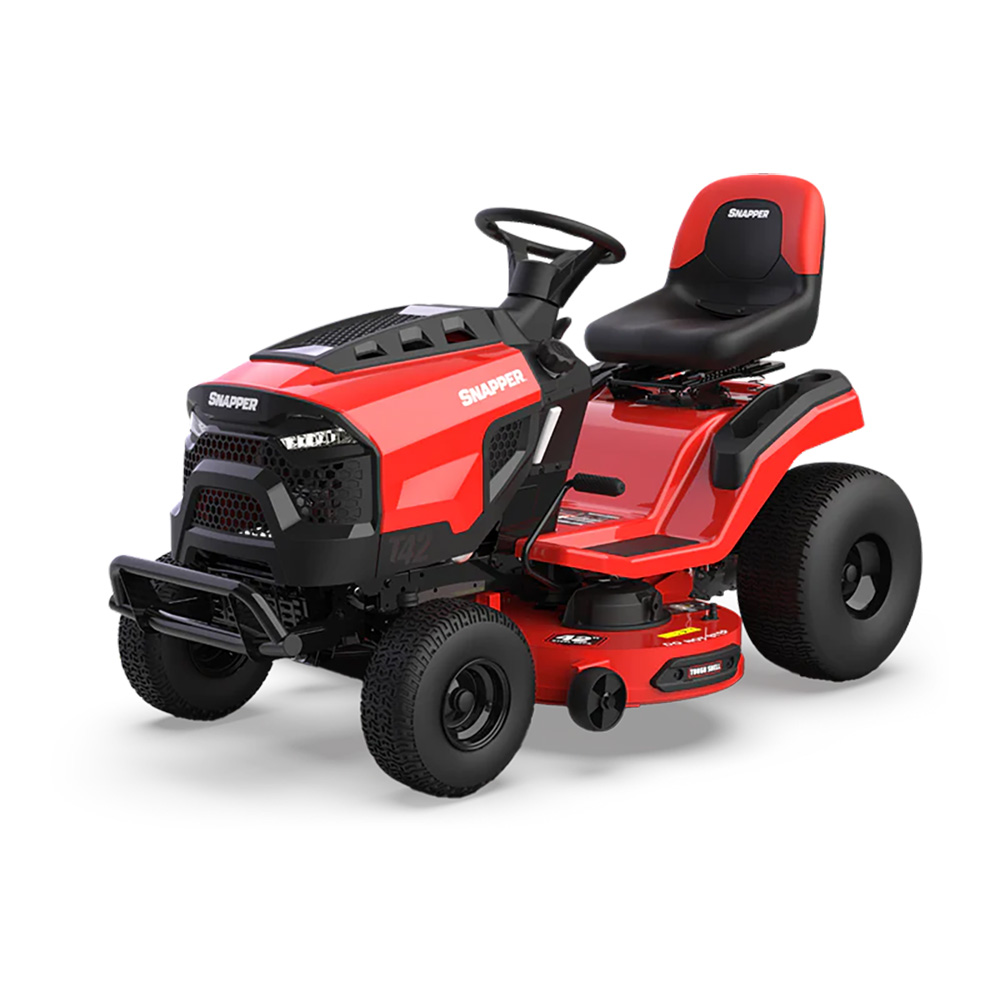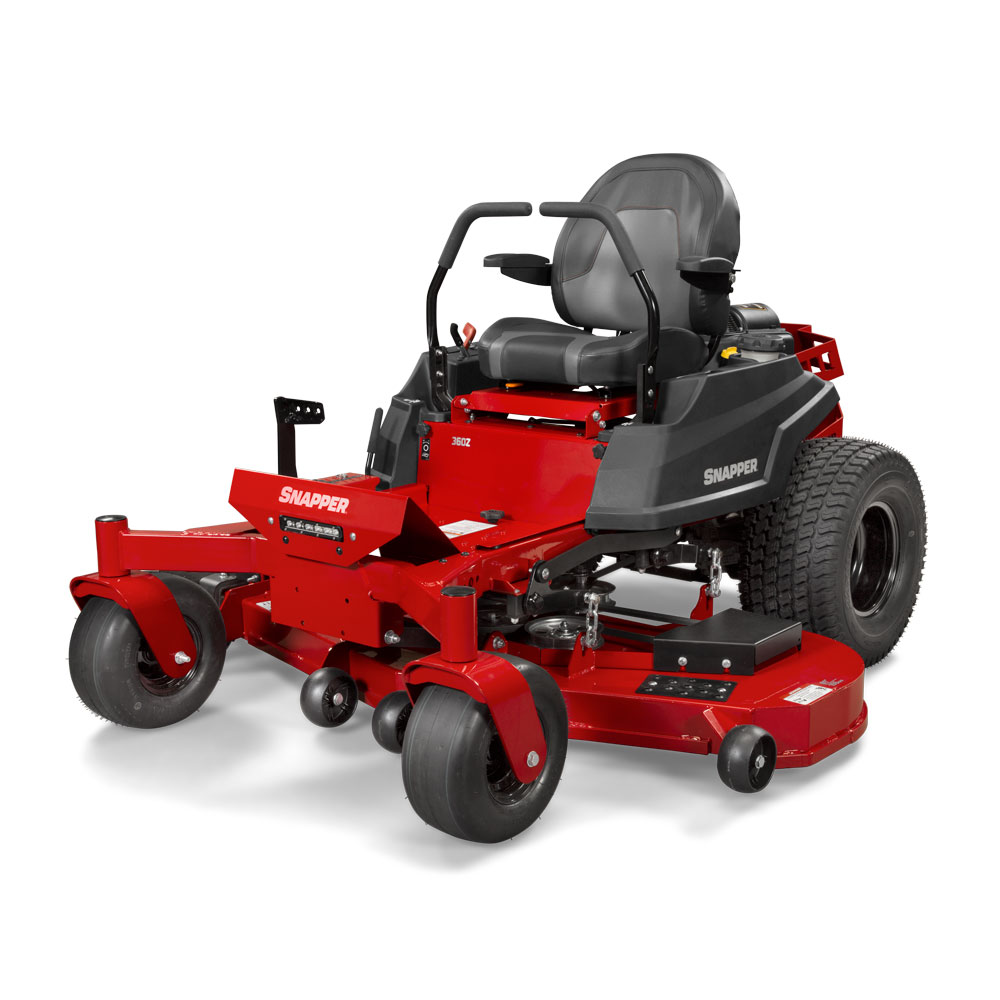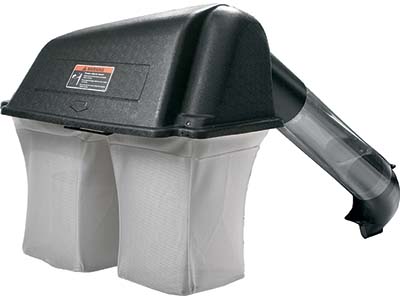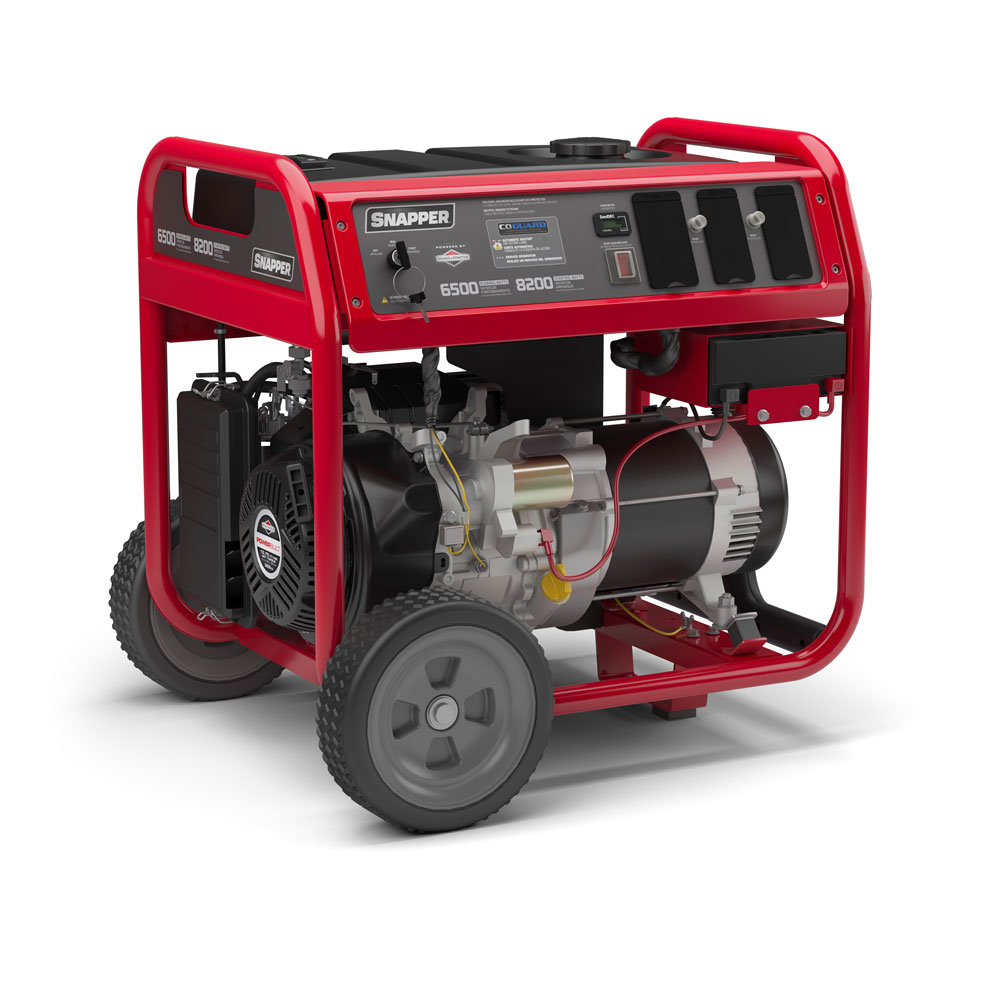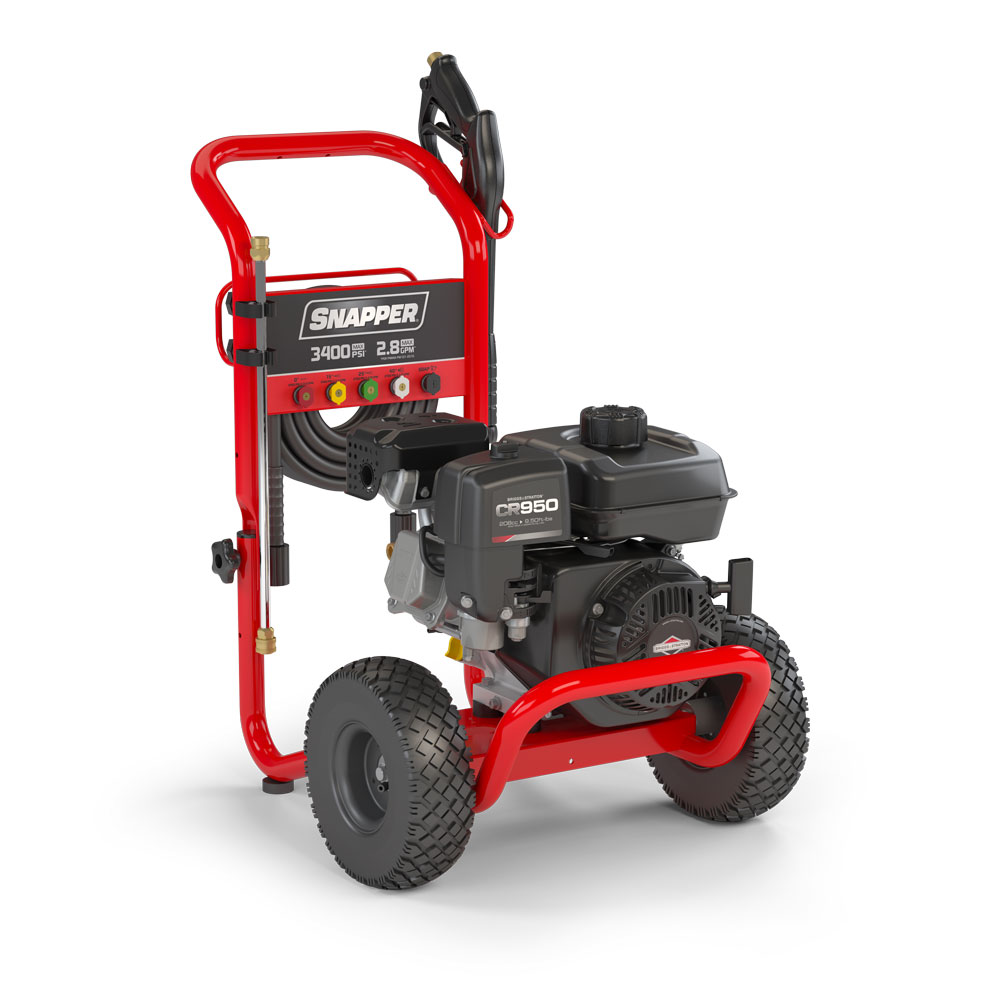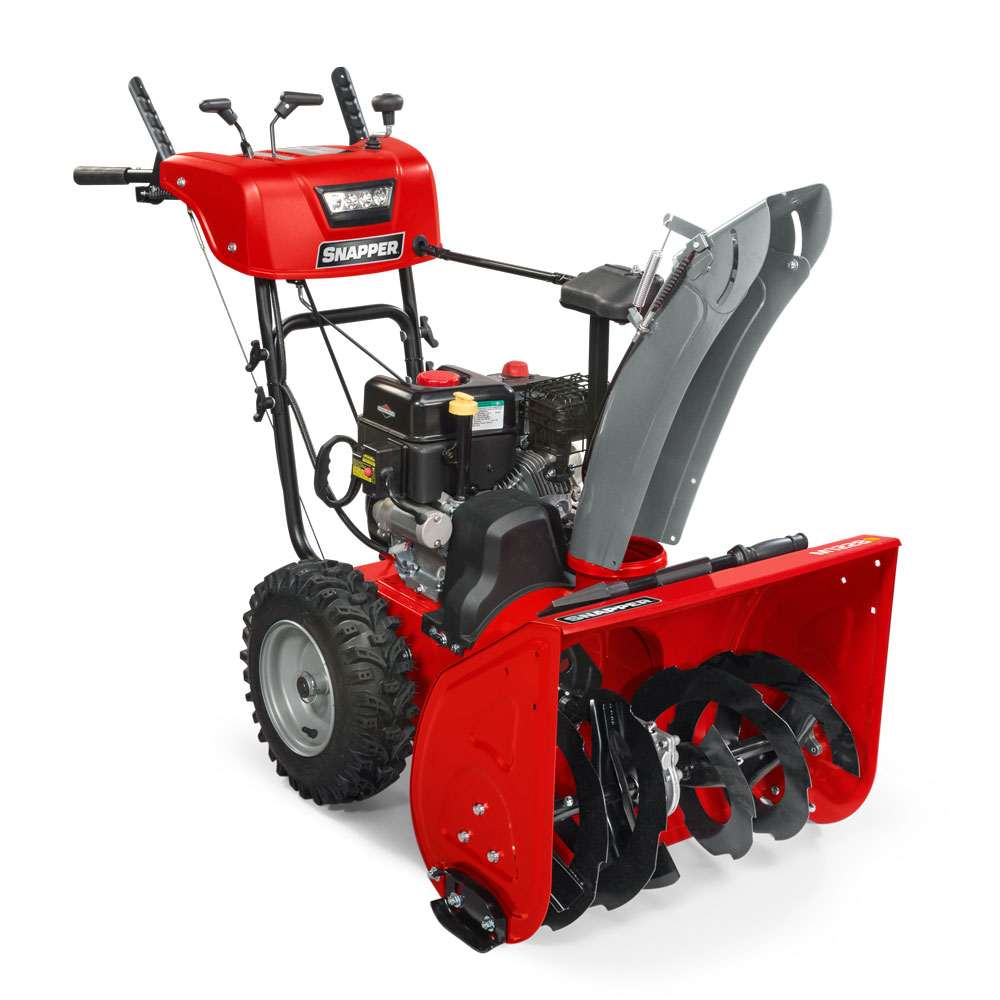How do I start my Snapper lawn mower?
The general procedure for starting a Snapper lawn mower, also know as a walk behind or push mower, is outlined below. Please refer to your Snapper Manual for detailed information and starting instructions specific to your lawn mower model.
Before you start the lawn mower engine, operate the small engine stop lever several times. Make sure that the engine stop cable moves freely and that the engine stop lever operates correctly.
How To Start a Lawn Mower: Snapper Push Mowers
- Check the oil in the lawn mower engine.
- Fill the fuel tank.
- Push the stop switch (if equipped).
- Turn the fuel shut-off valve (if equipped).
- Operate the mower engine in the fast position.
- Engines with primer: For most temperature conditions, firmly push the primer bulb three times. In cooler weather, additional priming may be needed. A warm engine will usually not require priming. Every time you push the primer button, wait two seconds. (Note: When starting a new engine for the first time, push the primer bulb five times. Excessive priming can flood the carburetor with fuel.)
- Self-propelled Mower models: make sure the drive lever is in the disengaged position.
- Stand behind the lawn mower. Use one hand to hold the engine stop lever in the operating position. Use the other hand to hold the recoil starter handle.
- Slowly pull the recoil starter handle until resistance is felt, then pull quickly to start the push mower engine. Slowly return the recoil starter handle.
Still have questions about how to start your Snapper Mower? Contact Snapper Dealers in your area to request additional starting instructions.
Before starting the lawn mower, please read and abide by relevant Safety Information from your Snapper Push Mower Manual. The starting instructions and other material provided should not be used in place of an Authorized Snapper Dealer’s consultation or work. Terms and Conditions apply to all of the information presented on this website. Remember to thoroughly read your Operator's Manual.


